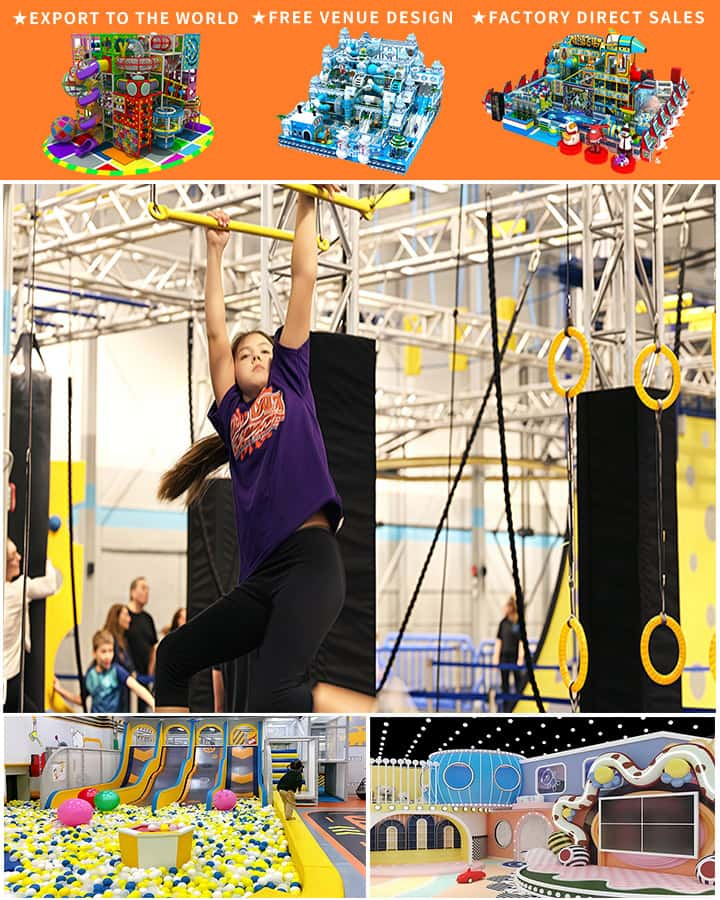In today’s fast-paced world, finding safe and engaging environments for children can be a challenge. This is where an indoor play area comes into play—offering a myriad of benefits that cater to both fun and development. Whether it’s a dedicated facility or a well-organized corner at home, these areas are designed to keep children entertained while supporting their growth in multiple dimensions.
Physical Development
One of the primary advantages of an indoor play area is its contribution to physical development. Climbing structures, slides, and balance beams encourage gross motor skills, improving coordination, strength, and overall physical fitness. These activities are especially beneficial in colder months when outdoor play might not be feasible. The controlled environment of an indoor play area allows children to engage in physical activities without the risks associated with weather changes or external hazards.
Cognitive Growth

Indoor play areas aren’t just about physical activity; they are also a hotbed for cognitive development. Puzzles, blocks, and interactive games stimulate problem-solving skills and creativity. These activities require children to think critically, plan strategies, and make decisions—all essential cognitive functions that contribute to academic success. Furthermore, the social interactions within these spaces help develop communication skills and emotional intelligence.
Social Skills
Socialization is another key benefit of an indoor play area. Shared spaces allow children to interact with peers, learn cooperative play, and navigate social situations. Whether through teamwork in structured activities or simply sharing space during free play, kids develop important social skills such as empathy, negotiation, and conflict resolution. These experiences are crucial for building healthy relationships and fostering a sense of community.
Safety and Convenience
Safety is often a top concern for parents, and indoor play areas offer a controlled environment where this can be closely monitored. Supervised facilities ensure that equipment is age-appropriate and maintained, reducing the risk of accidents. Additionally, having an indoor option provides convenience; it eliminates the need for travel and makes spontaneous play sessions possible regardless of weather conditions.
Emotional Well-being
Finally, indoor play areas contribute significantly to emotional well-being. A stimulating environment filled with various activities helps reduce stress and anxiety, providing children with a sense of security and happiness. The joy derived from play translates to improved mood and self-esteem, which are fundamental for overall mental health.
In conclusion, an indoor play area offers numerous benefits that extend beyond mere entertainment. It serves as a vital tool for promoting physical fitness, cognitive growth, social skills, safety, and emotional well-being. For parents and caregivers looking to support the comprehensive development of their children, creating or utilizing an indoor play area is a worthwhile investment.




